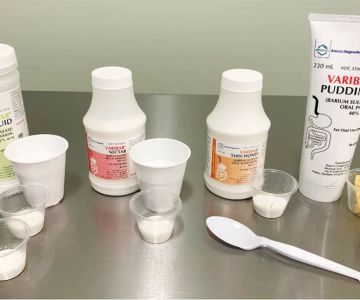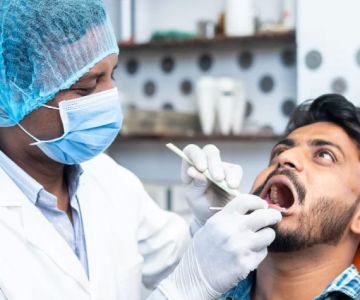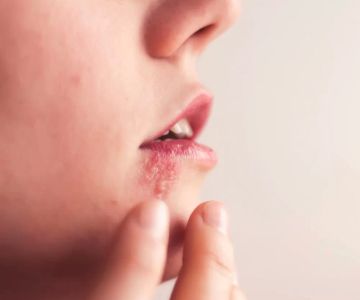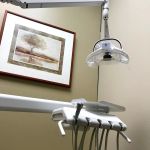Understanding Oral Herpes and Its Common Symptoms
Oral herpes, caused primarily by the herpes simplex virus type 1 (HSV-1), is a widespread viral infection that manifests as cold sores or blisters around the mouth and lips. Many people carry the virus without obvious symptoms, but knowing how to check if you have oral herpes is crucial for managing outbreaks and preventing transmission.
The infection is contagious and can be spread through close personal contact, such as kissing or sharing utensils. Once infected, the virus remains dormant in nerve cells but may reactivate periodically, causing painful sores.
1. Identifying the Early Signs of Oral Herpes
The initial symptoms of oral herpes often appear within a few days after exposure. These include a tingling or itching sensation around the lips or mouth, sometimes described as a burning feeling. This stage is called the prodrome and signals that a cold sore may develop soon.
After this, small fluid-filled blisters typically appear on or around the lips. These blisters can break open, ooze, and then crust over as they heal. The entire outbreak cycle generally lasts from 7 to 14 days. Alongside sores, some people experience fever, swollen lymph nodes, or a sore throat during their first outbreak.
2. Recognizing Less Obvious or Atypical Symptoms
Not everyone develops clear cold sores. Some people may experience mild symptoms or misinterpret them as other conditions such as canker sores or allergic reactions. Atypical signs can include redness, tenderness, or small bumps without visible blisters.
Awareness of these subtle symptoms helps in early detection and reduces the risk of unknowingly spreading the virus.
Medical Testing Options to Confirm Oral Herpes
If you suspect you have oral herpes based on symptoms, professional testing can provide confirmation. Various diagnostic methods are available and recommended depending on the stage and severity of symptoms.
1. Visual Examination by a Healthcare Professional
Often, doctors or dentists can diagnose oral herpes through physical examination of sores. Experienced clinicians can distinguish herpes lesions from other oral conditions by their characteristic appearance and location.
While visual diagnosis is usually sufficient, it may be less accurate in early or atypical cases.
2. Viral Culture and PCR Testing
For more definitive diagnosis, a swab sample from an active sore can be collected and tested. Viral culture involves growing the virus in a lab, which is highly specific but may take several days. Polymerase chain reaction (PCR) tests detect viral DNA quickly and are considered the gold standard for accuracy.
PCR testing is particularly useful when symptoms are ambiguous or during the first outbreak.
3. Blood Tests for Herpes Antibodies
Blood tests can detect antibodies to HSV-1 or HSV-2, indicating past or current infection. These tests are valuable for people without visible symptoms but concerned about exposure. However, antibody tests cannot determine the site of infection or if the virus is active.
Discuss with your healthcare provider whether blood testing is appropriate based on your history and symptoms.
Steps You Can Take at Home When You Suspect Oral Herpes
While awaiting professional diagnosis, monitoring your symptoms is important. Keep the affected area clean and avoid touching sores to reduce spread. Using over-the-counter topical creams may provide some relief but won’t cure the infection.
Avoid close contact with others, especially during outbreaks, to prevent transmission. If you experience frequent or severe outbreaks, medical treatment options are available to manage symptoms and reduce recurrence.
1. Tracking Your Symptoms and Triggers
Keeping a symptom diary helps identify potential triggers such as stress, illness, sun exposure, or hormonal changes. Knowing your triggers allows you to take preventive actions.
For instance, some patients report fewer outbreaks by managing stress and using sunscreen on the lips.
Real-Life Experiences: Understanding the Impact of Oral Herpes
Many people with oral herpes share that initial outbreaks cause anxiety due to appearance and discomfort. One individual from New York described how recognizing early tingling sensations allowed them to start treatment sooner, significantly reducing the outbreak duration.
Another story from a California resident highlights the importance of honest communication with partners and healthcare providers in managing oral herpes and maintaining relationships without stigma.
For professional evaluation and tailored treatment options, visit Dentistry Toothtruth to access expert advice and trusted care for oral health conditions including oral herpes.







 Alan K Vance DDS5.0 (2 review)
Alan K Vance DDS5.0 (2 review) Puntillo and Crane Orthodontics4.0 (339 review)
Puntillo and Crane Orthodontics4.0 (339 review) Family Holland Dental4.0 (236 review)
Family Holland Dental4.0 (236 review) West Coast Dental of Gage3.0 (1043 review)
West Coast Dental of Gage3.0 (1043 review) Alameda Crossing Dental Group and Orthodontics4.0 (188 review)
Alameda Crossing Dental Group and Orthodontics4.0 (188 review) Mid-State Orthodontics5.0 (15 review)
Mid-State Orthodontics5.0 (15 review) The Importance of Oral Health Education During Pregnancy for a Healthy Pregnancy
The Importance of Oral Health Education During Pregnancy for a Healthy Pregnancy Best Tips for Brushing Your Teeth Properly for Healthy Gums: Essential Techniques for Oral Health
Best Tips for Brushing Your Teeth Properly for Healthy Gums: Essential Techniques for Oral Health Why Skipping Dental Checkups Can Lead to Bigger Oral Health Problems
Why Skipping Dental Checkups Can Lead to Bigger Oral Health Problems Advantages of Porcelain Dental Restorations
Advantages of Porcelain Dental Restorations How Can Diabetes Cause Tooth and Gum Problems? Preventing and Managing Oral Health Issues
How Can Diabetes Cause Tooth and Gum Problems? Preventing and Managing Oral Health Issues Healthy Habits for Promoting Good Oral Health and Hygiene: Tips for a Healthy Smile
Healthy Habits for Promoting Good Oral Health and Hygiene: Tips for a Healthy Smile